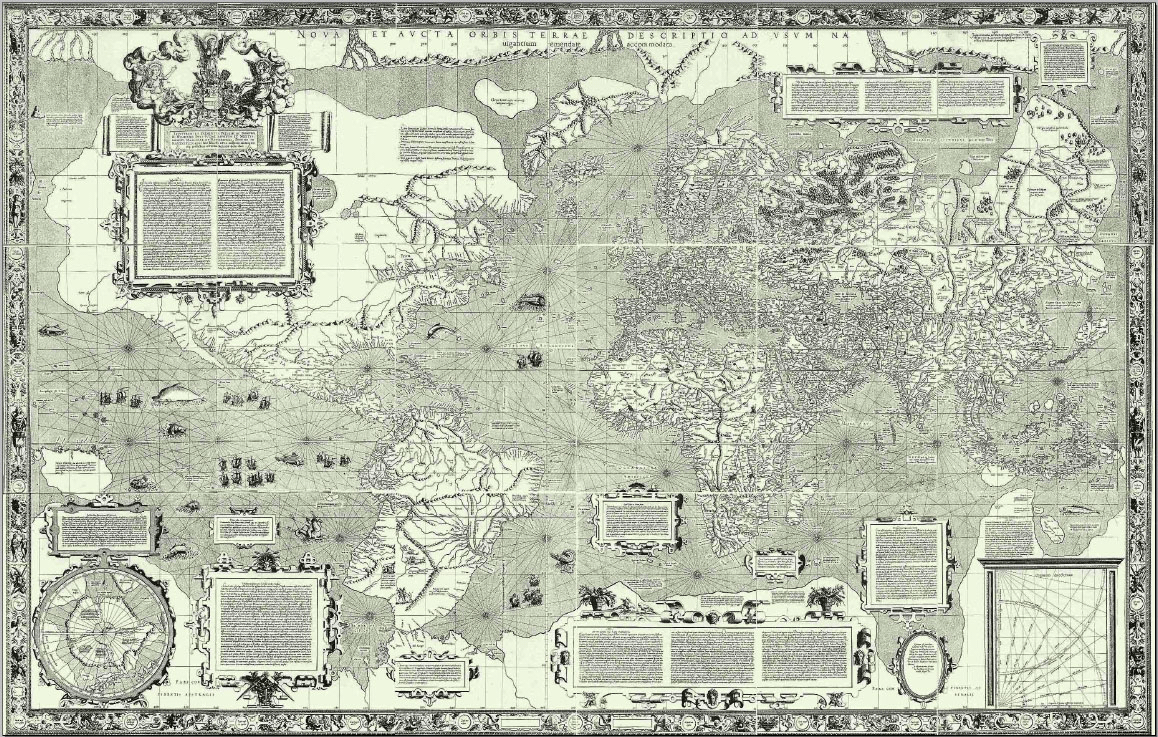THE MONGOLS
You have thousands of livestock but no cows. However, the sky god has told you that everyone else's cows should be yours, so you embark on an intercontinental genocidal conquest spree to make it so. You then have all the cows. At which point, you fail to really see what's so great about them anyway, find out you don't like milk, and start a big family squabble about what to do now. Whilst you're distracted, everyone else takes their cows back quietly and you're back where you started. Except everyone else has guns now, so no more cows for you ever.
You have thousands of livestock but no cows. However, the sky god has told you that everyone else's cows should be yours, so you embark on an intercontinental genocidal conquest spree to make it so. You then have all the cows. At which point, you fail to really see what's so great about them anyway, find out you don't like milk, and start a big family squabble about what to do now. Whilst you're distracted, everyone else takes their cows back quietly and you're back where you started. Except everyone else has guns now, so no more cows for you ever.








